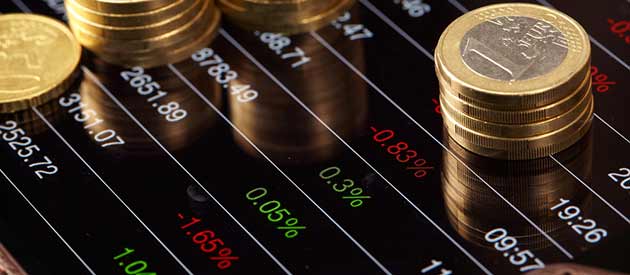The Euro to Canadian Dollar (EUR/CAD) exchange rate took a tumble in the latter half of Thursday’s trading after Canadian exports grew more than forecast.
Therefore, the Canadian trade deficit expanded only modestly to -$0.65B, from -$0.34B.
Royal Bank of Canada economist Josh Nye commented: ‘Low oil prices will continue to weigh on nominal exports, but a weaker Canadian Dollar and stronger US demand should help export volumes pick up further, with trade expected to make a solid, positive contribution to growth in 2015. This will be an important offset to the drag from lower investment in the oil and gas sector.’
Earlier… The Euro to Canadian Dollar (EUR/CAD) exchange rate advanced in the early part of Thursday’s trading after German Factory Orders picked up speed in December.
Factory Orders increased by 4.2% in December which allowed the annual figure to rise to 3.4%.
The Euro recorded significant gains in the second half of Wednesday’s European session after the Canadian Ivey Purchasing Managers Index took a rather dramatic tumble.
The Ivey PMI plummeted out of growth at 55.4, into contraction territory at 42.6–the lowest pace of purchasing activity for 5 1/2 years. The ecostat was a far cry off the 53.9 forecast.
Earlier… The Euro to Canadian Dollar (EUR/CAD) exchange rate remained in a narrow range on Wednesday after favourable Eurozone data and ahead of the Canadian Ivey Purchasing Managers Index (PMI).
In addition, the price of oil paused its four-day rally and softened, yet again. Concerns of a global glut amid falling demand caused oil to slip after a recent rebound, accredited to investors hoping the decline had bottomed out.
ANZ analysts commented: ‘A steady stream of news regarding falling capital expenditure from the industry and a drop in US oil rigs in operation appears to be the spark. While sentiment appears to have shifted, volatility will remain high.’
A report from the American Petroleum Institute showed US crude stocks increased by a whopping 6 million barrels in the latter seven days—a factor that pushed the price down.
Morgan Stanley stated: ‘Longer-dated prices are moving towards a range that could allow producers to hedge, which would prevent any material slowdown in US supply.’
Meanwhile, the Eurozone saw an increase in Retail Sales in December of 2.8% on the year, up from 1.5% in November.
BNP Paribas commented: ‘The strength in consumption growth is down to the purchasing power gain from falling inflation even prior to the oil price shock.’
Euro to Canadian Dollar (EUR/CAD) Exchange Rate Forecast
The Euro to Canadian Dollar (EUR/CAD) exchange rate is likely to fluctuate on the release of the Ivey Purchasing Managers Index later in Wednesday’s session. Economists have forecast a fall from 55.4 to 53.4—an event that could soften the ‘Loonie’.
However, if the figure falls more than forecast, the Canadian Dollar to Euro (CAD/EUR) exchange rate could become extremely bearish.
Thursday will see the release of German Factory Orders and Markit’s German Construction PMI, both of which are likely to have a moderate impact on Euro trading. Eurozone Retail PMI is also due for publication and could offer the Euro some support if favourable.
Friday’s expected to be a big day for the Canadian Dollar to Euro (CAD/EUR) exchange rate as Canada releases its Unemployment Rate and Net Change in Employment ecostats. Any fall in unemployment or significant improvement in the labour market could offer the ‘Loonie’ exchange rate some support.
The Euro to Canadian Dollar (EUR/CAD) exchange rate is trending in the region of 1.4229. The Canadian Dollar to Euro (CAD/EUR) exchange rate is residing at 0.7030.



